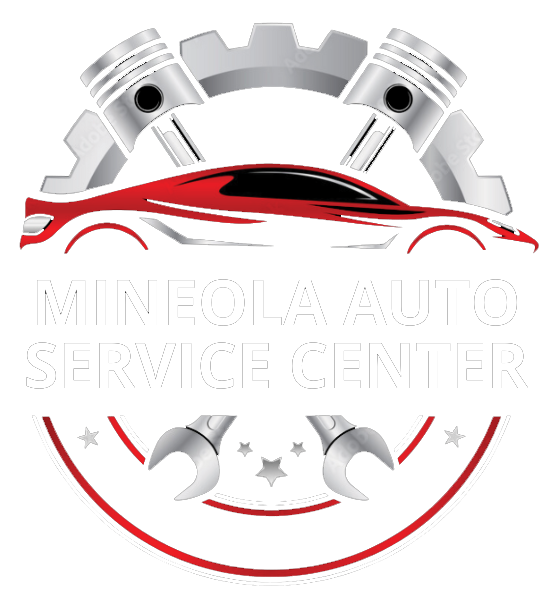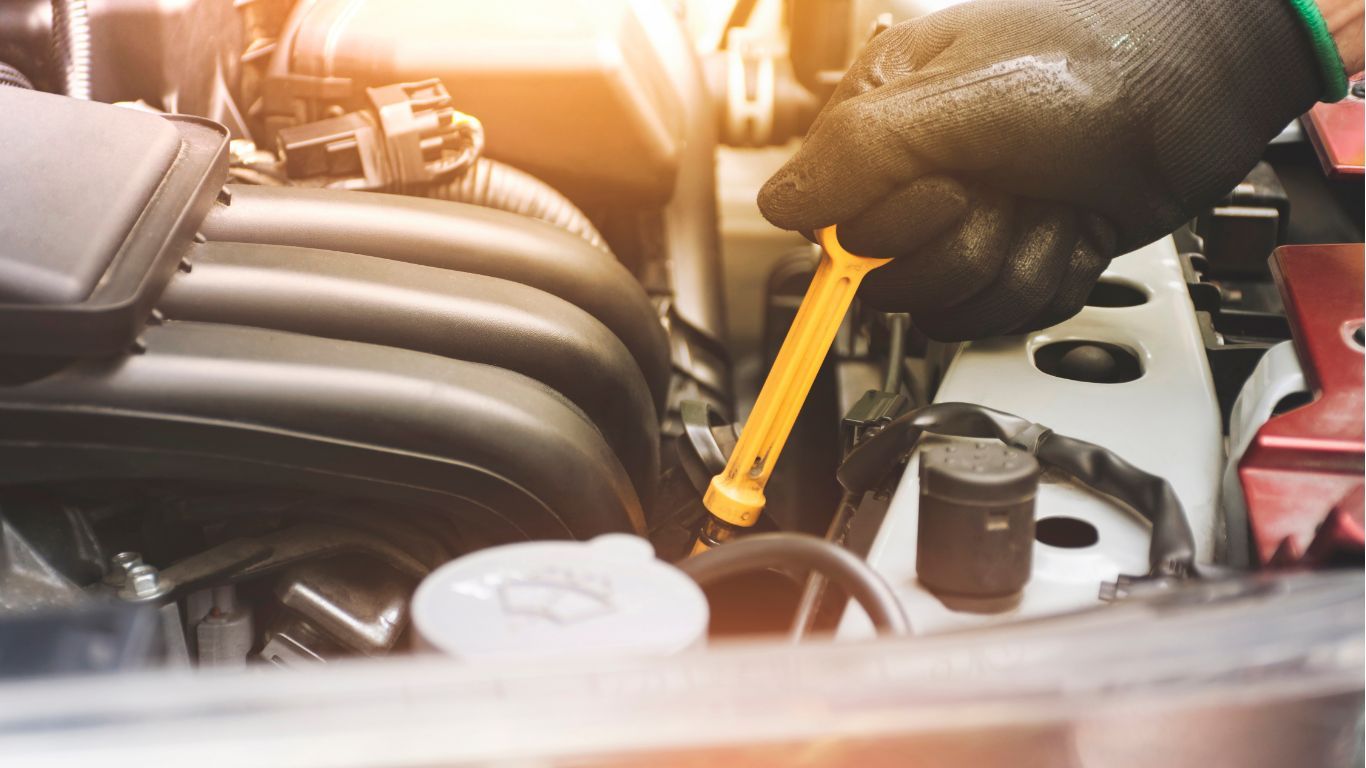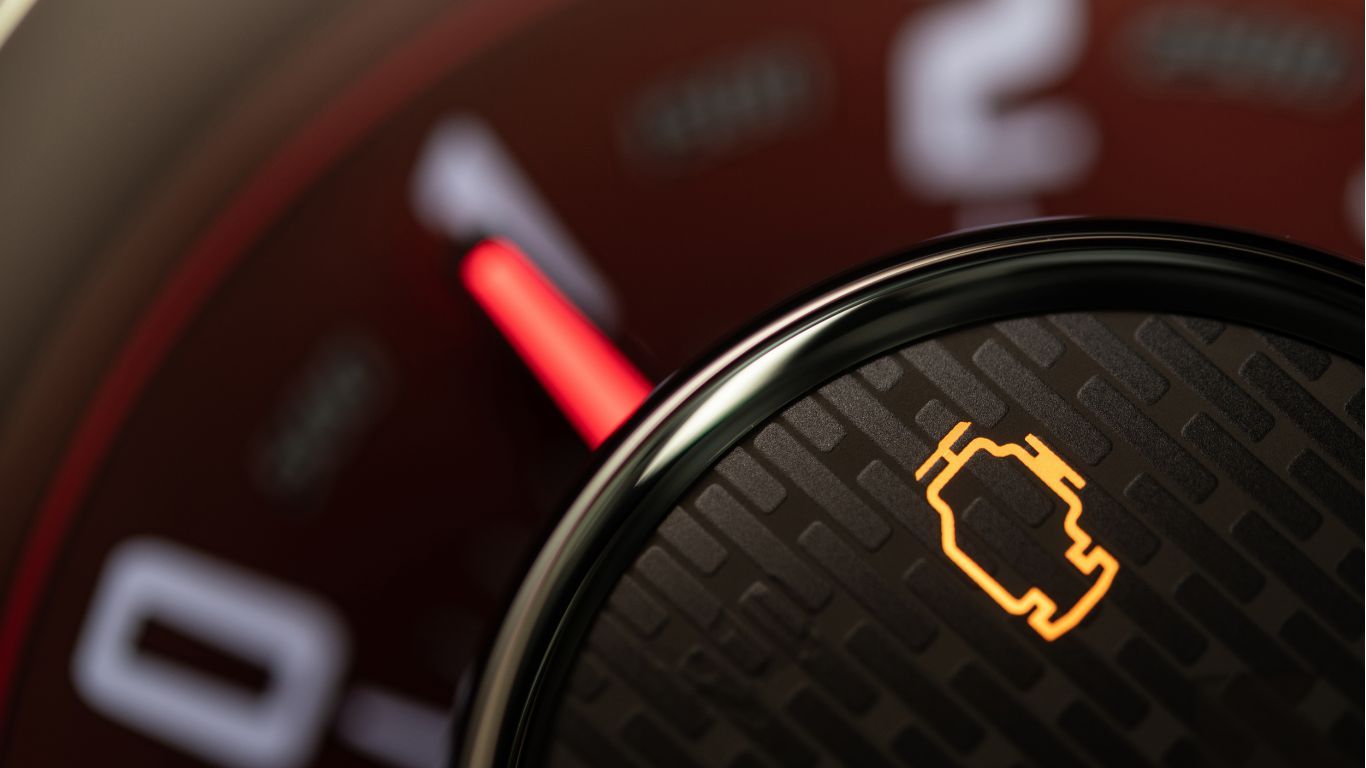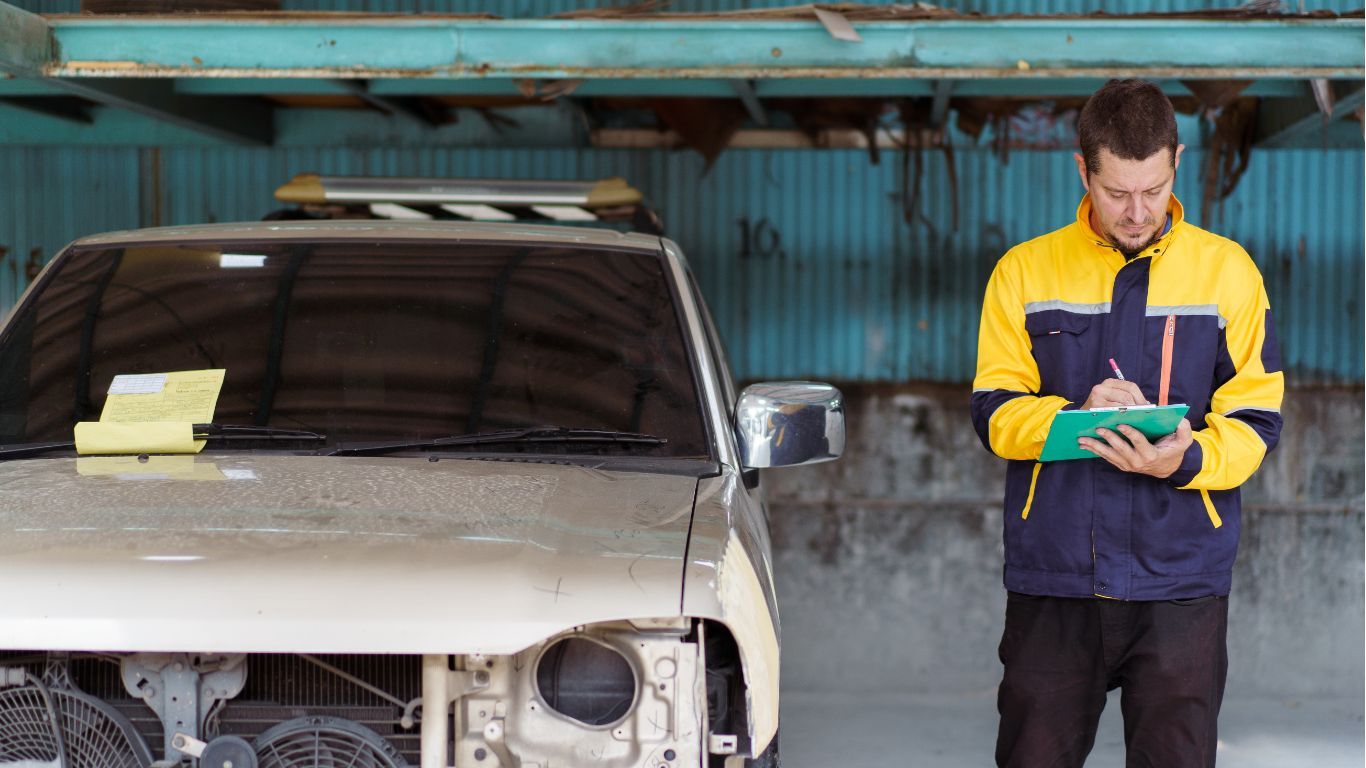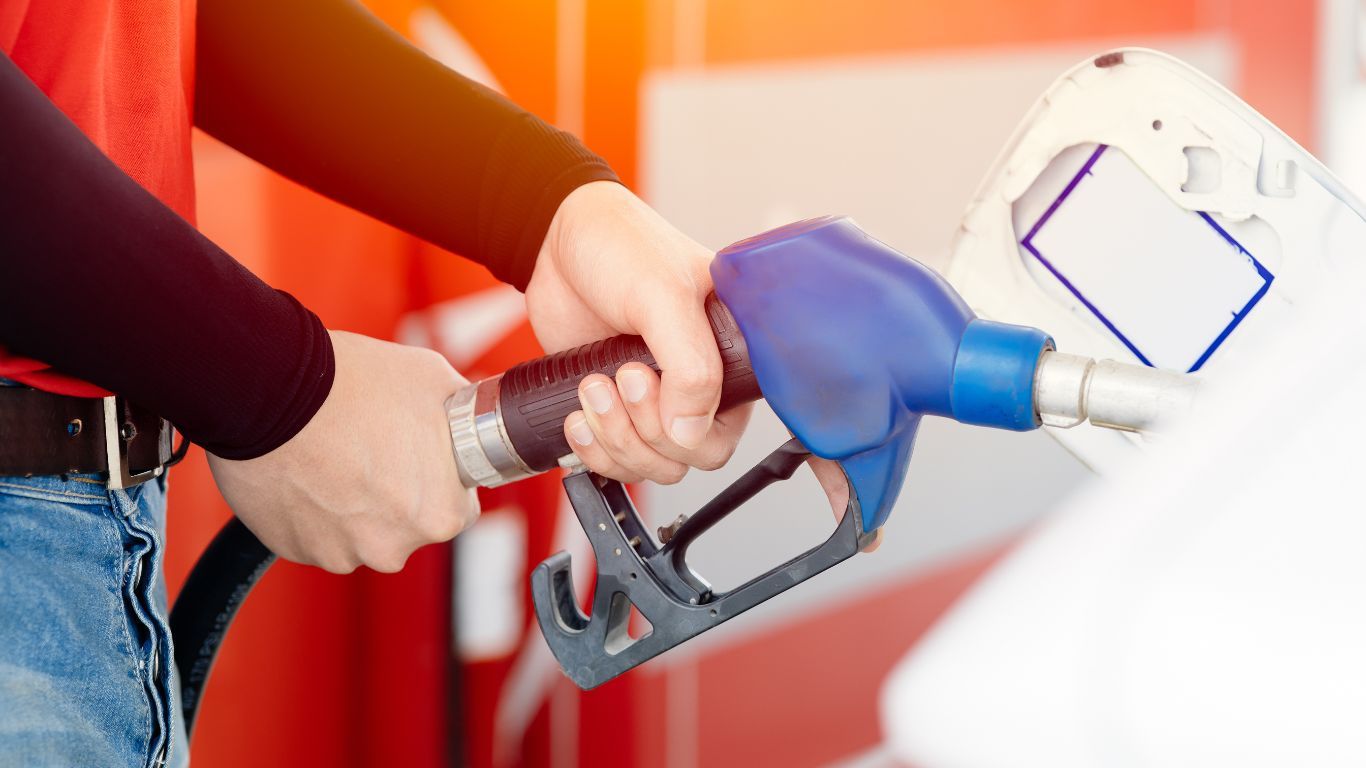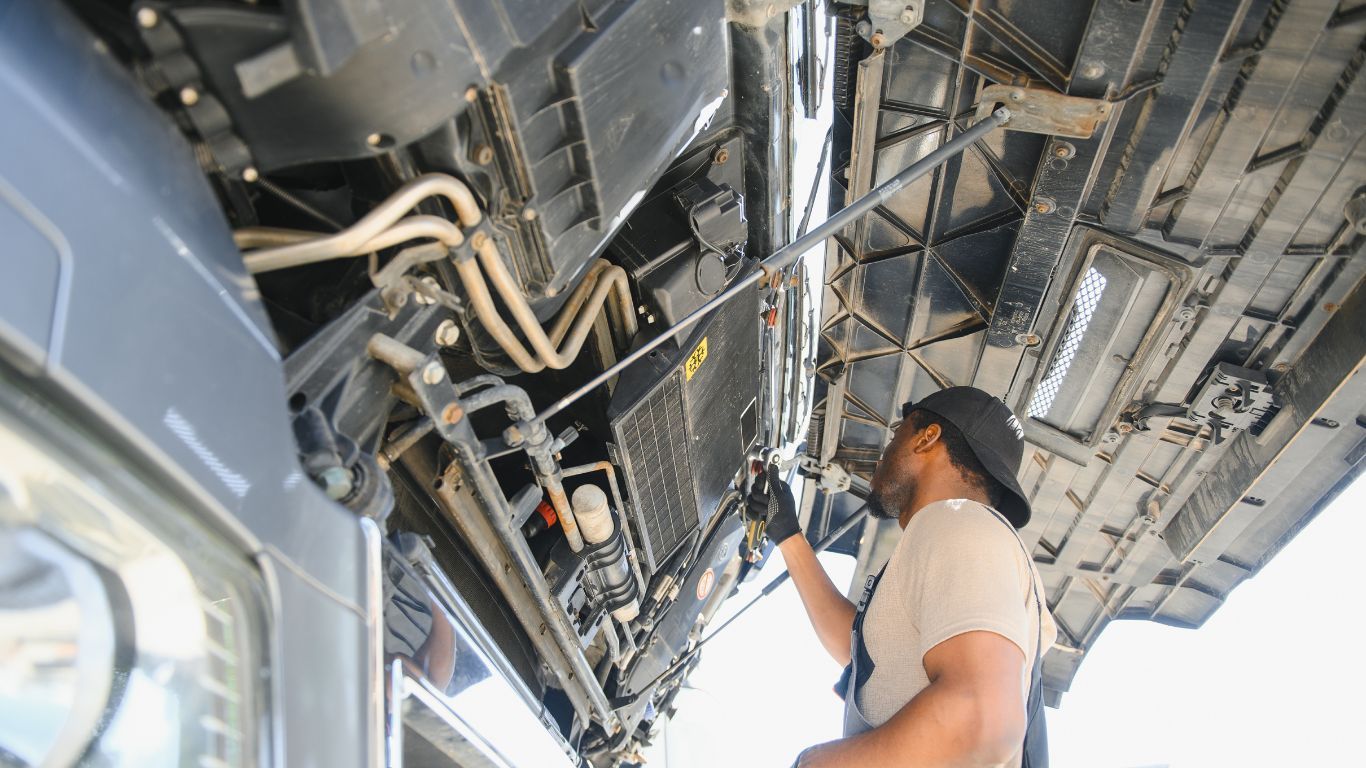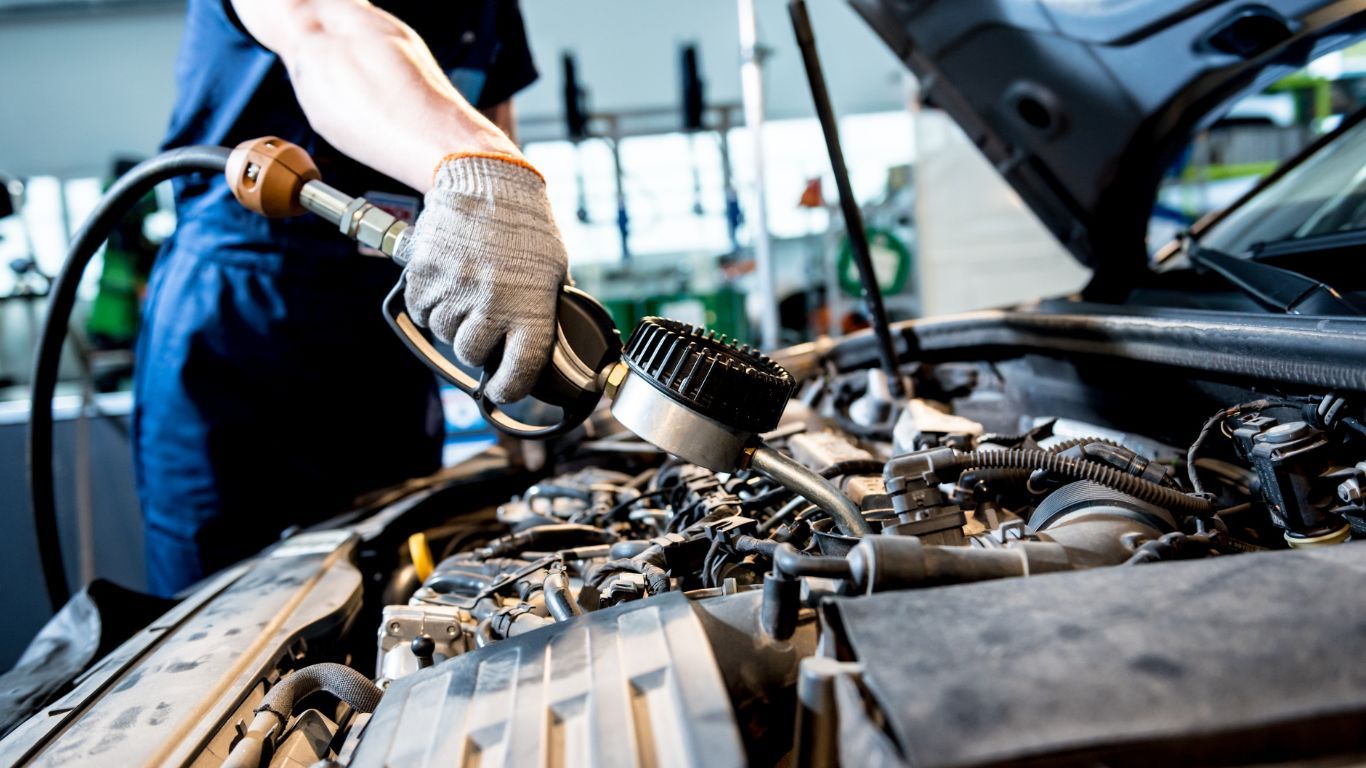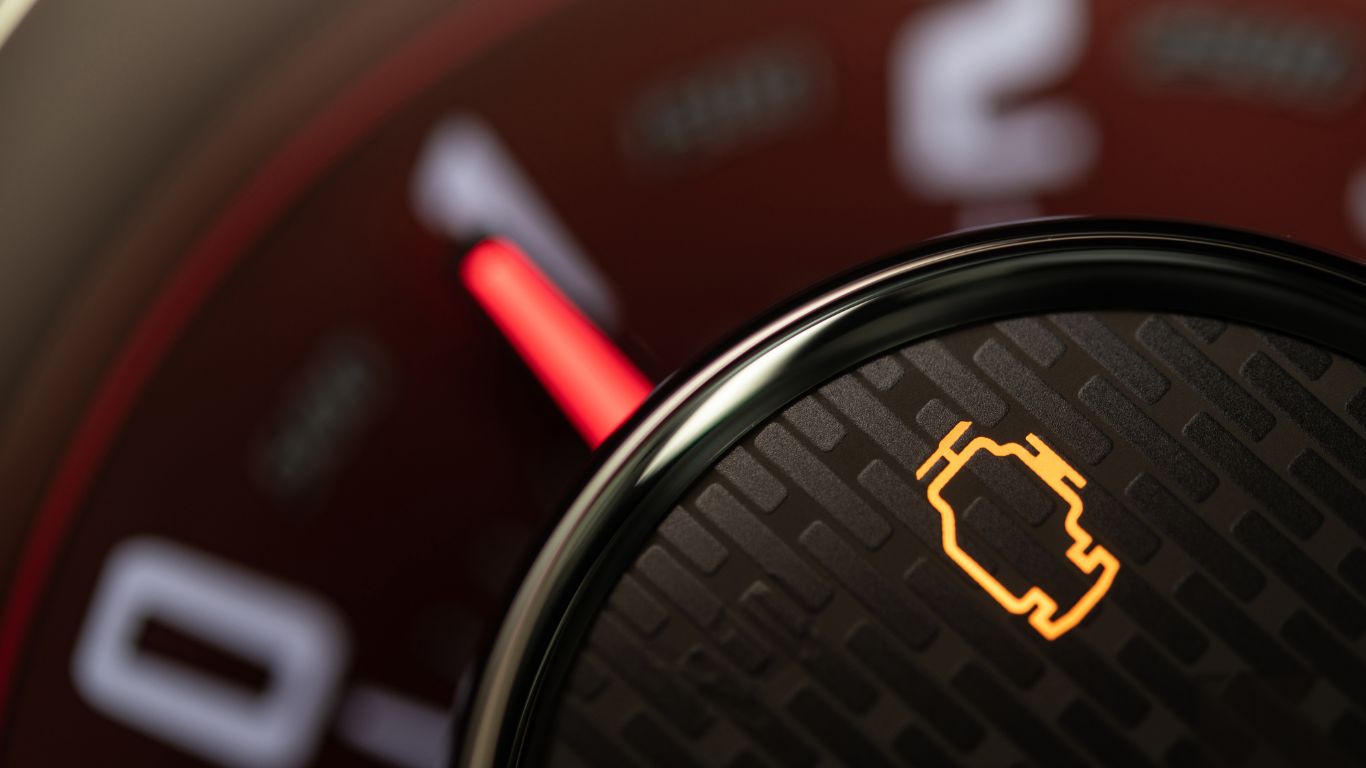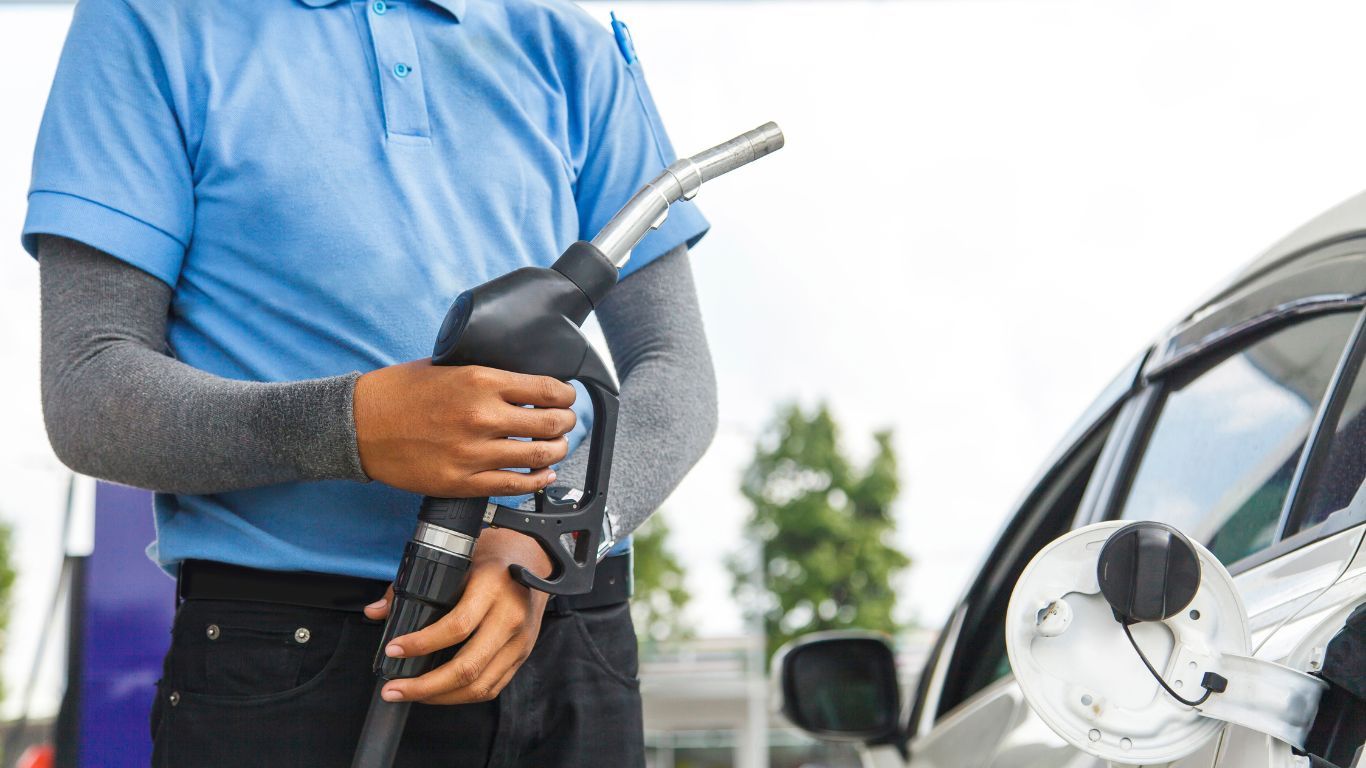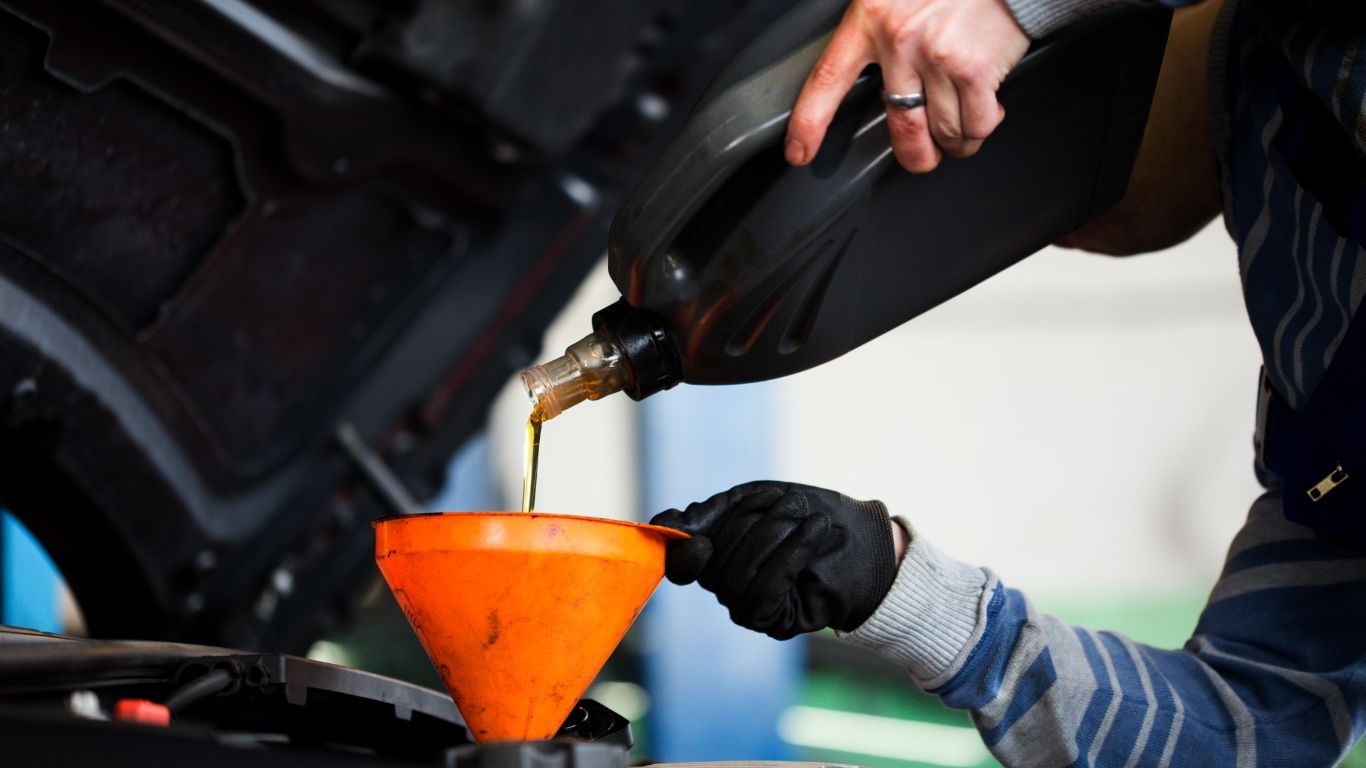Why Your Car Keeps Overheating Even After Adding Coolant | Mineola Auto Service Center
When your car’s temperature gauge starts climbing into the danger zone, one of the first things most drivers do is check the coolant. After all, coolant (also called antifreeze) is the liquid that keeps your engine from getting too hot. If the level looks low, topping it off seems like an easy fix.
But here’s the frustrating truth: if your car keeps overheating even after adding coolant, the problem is much bigger than just a low fluid level.
At Mineola Auto Service Center, we’ve seen this scenario countless times. A driver adds coolant, expects the overheating to stop, and yet the gauge still climbs, sometimes within minutes. The reason? Overheating usually points to an underlying issue in the cooling system — and until that root cause is found and repaired, no amount of added coolant will solve the problem.
In this guide, we’ll break down why this happens, what signs to look out for, and how our expert team in Mineola can get your vehicle safely back on the road.

Why Adding Coolant Doesn’t Always Solve Overheating
Coolant is essential for regulating your engine’s temperature. It circulates through the engine, absorbing heat and carrying it to the radiator, where the heat is released. Without it, your car would overheat almost instantly.
However, adding coolant is like putting a bandage on a much bigger wound. If your car continues to overheat, it’s a red flag that:
- Coolant isn’t circulating properly
- Heat isn’t being released effectively
- A leak or malfunction is preventing the system from working as it should
Think of it this way: topping off coolant addresses a symptom, not the cause. That’s why professional car overheating repair is so important.
Common Reasons Cars Overheat Even After Adding Coolant
At Mineola Auto Service Center, we use advanced diagnostics to uncover the exact reason a vehicle keeps overheating. Some of the most common culprits include:
1. Coolant Leaks
If coolant is leaking out, adding more will only help temporarily. Leaks can occur in:
- Radiator hoses
- Gaskets
- The radiator itself
- The heater core
Even a small leak can cause recurring overheating.
2. Thermostat Failure
The thermostat controls coolant flow. If it’s stuck closed, coolant can’t circulate — causing your engine to overheat regardless of how much fluid you add.
3. Radiator Clogs
A radiator that’s clogged with rust, scale, or debris can’t release heat properly. This makes your coolant hot, which in turn keeps your engine too hot.
4. Water Pump Issues
The water pump is the heart of the cooling system, keeping coolant moving. If it fails, the fluid stagnates and overheating is inevitable.
5. Cooling Fan Malfunction
If the fan isn’t working (due to a broken motor, blown fuse, or faulty sensor), your radiator won’t get the airflow it needs to cool the engine.
These are all problems that adding coolant won’t fix. That’s why scheduling an inspection at Mineola Auto Service Center is the smartest step you can take.
Signs It’s More Than Just Low Coolant
Not sure if the problem is a simple top-off or something serious? Look for these warning signs:
- Dashboard Temperature Spikes: If the gauge climbs quickly even after adding coolant, there’s a deeper issue.
- White Smoke or Steam: Often a sign of a blown head gasket or major coolant leak.
- Sweet Smell Under the Hood: Coolant leaking onto hot engine parts gives off a sweet odor.
- Unusual Engine Noises: Gurgling or knocking sounds may indicate trapped air or circulation problems.
If you notice any of these, don’t keep driving. Instead, bring your car to the Mineola overheating repair experts right away.
Why Driving an Overheating Car Is Dangerous
t might be tempting to “just get home” when your car overheats, but the risk isn’t worth it. Driving while overheating can lead to:
- Warped Cylinder Heads: Which can cause compression issues and loss of power
- Blown Head Gasket: A costly repair that allows coolant and oil to mix
- Cracked Engine Block: One of the most expensive engine failures
- Total Engine Failure: Requiring a full replacement
To put it in perspective: a thermostat replacement may cost a few hundred dollars, but waiting until overheating causes engine damage could cost several thousand.
Don’t gamble with your vehicle’s future — schedule car overheating repair with Mineola Auto Service Center as soon as possible.
How Professionals Diagnose Persistent Overheating
At Mineola Auto Service Center, we don’t guess. Our technicians use cutting-edge diagnostic tools to identify the root cause of overheating. The process may include:
- Cooling System Pressure Tests: To find leaks in hoses, the radiator, or the heater core
- Thermostat Checks: Ensuring proper opening and closing
- Water Pump Inspections: Verifying coolant circulation
- Radiator Flow Tests: Checking for blockages or clogs
- Fan and Belt Assessments: Confirming airflow and mechanical reliability
This comprehensive approach means we can repair the exact problem — not just treat symptoms. That’s why drivers across Mineola and Nassau County trust us for overheating repair.
Preventing Future Overheating Problems
Once your car is back on the road, prevention is key. Our team recommends:
- Regular Coolant Flushes: Replace old, degraded coolant every 2–3 years
- Radiator and Hose Inspections: Catch leaks or wear before they cause breakdowns
- Monitoring Dashboard Gauges: Address spikes early
- Scheduling Routine Maintenance: Staying ahead of problems instead of reacting to them
Mineola Auto Service Center offers full-service preventative maintenance to keep your cooling system — and your engine — in top condition.
Conclusion: Don’t Let Overheating Ruin Your Engine
Adding coolant might seem like a quick fix, but if your car keeps overheating afterward, the real problem lies deeper. Ignoring it could mean thousands of dollars in repairs and weeks without a working vehicle.
At Mineola Auto Service Center, we’ve been helping Mineola drivers solve overheating issues since 1970. Our expert technicians, advanced diagnostics, and commitment to honest, cost-effective repairs make us the trusted choice for local drivers.
👉 Book your car overheating repair today and get back on the road with confidence.
FAQs About Cars Overheating After Adding Coolant
1. Why is my car overheating even with full coolant?
If your car still overheats after adding coolant, the issue is likely a faulty thermostat, a clogged radiator, a failing water pump, or a cooling fan problem. Adding fluid won’t fix mechanical failures. A professional cooling system inspection is the safest way to find the root cause.
2. Can low coolant damage my engine?
Yes. Low coolant can quickly cause your engine to overheat, which may result in a blown head gasket, warped cylinder heads, or even engine failure. If you’ve had to top off coolant more than once, schedule a leak check immediately at Mineola Auto Service Center.
3. How do I know if my thermostat is causing overheating?
A thermostat stuck closed prevents coolant from circulating, causing rapid overheating. Common signs include a rising temperature gauge soon after starting the engine and lack of heat from the cabin heater. Our technicians can confirm thermostat failure with diagnostic testing.
4. Is it safe to drive short distances if my car overheats?
No. Even short trips can cause serious engine damage if your car is overheating. If the temperature gauge climbs, pull over safely, let the car cool, and call for professional help. We’re conveniently located in Mineola and ready to assist.
5. How can I prevent my car from overheating again?
Regular maintenance is the key. Schedule coolant flushes, radiator checks, and inspections of hoses, belts, and the water pump. Mineola Auto Service Center offers preventative services to keep your cooling system reliable year-round.

